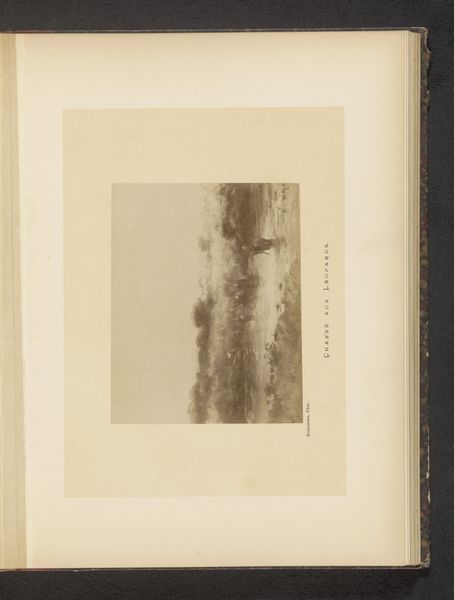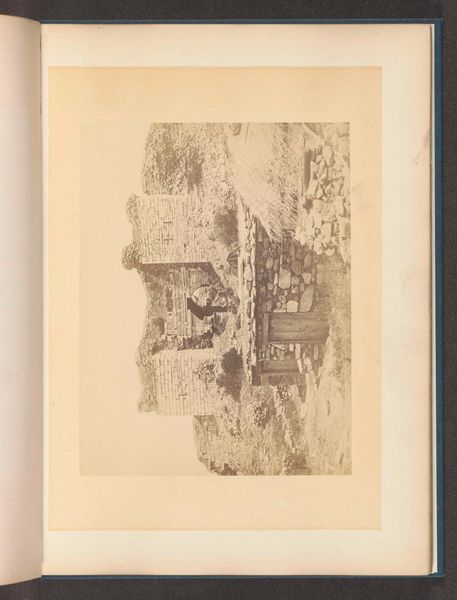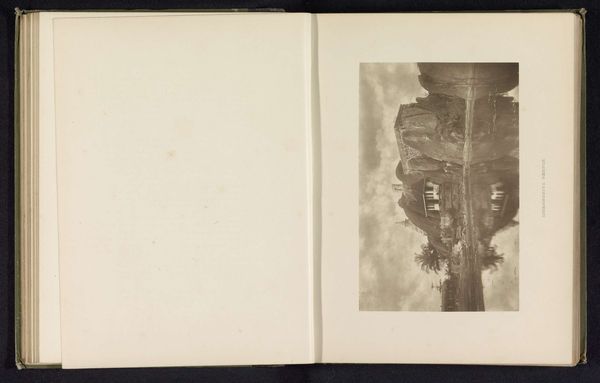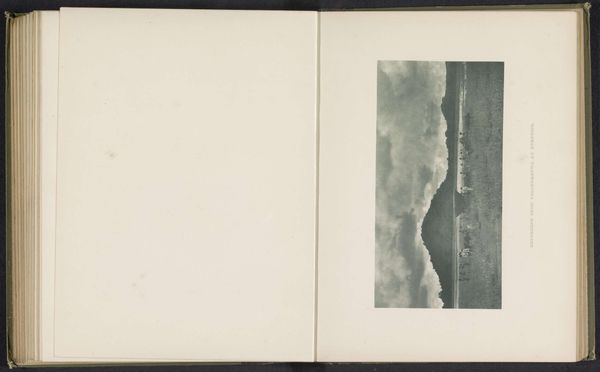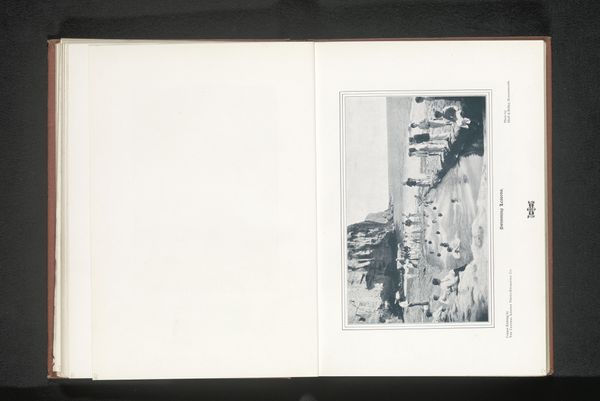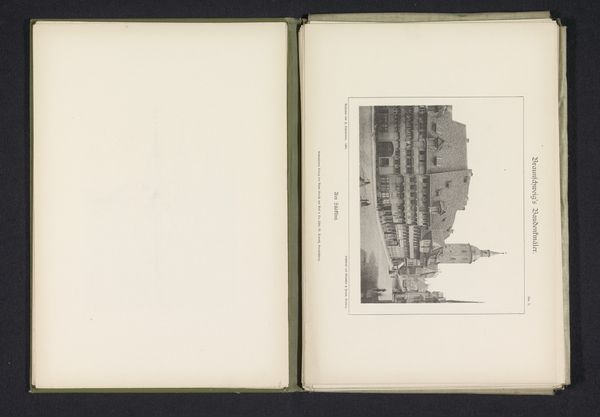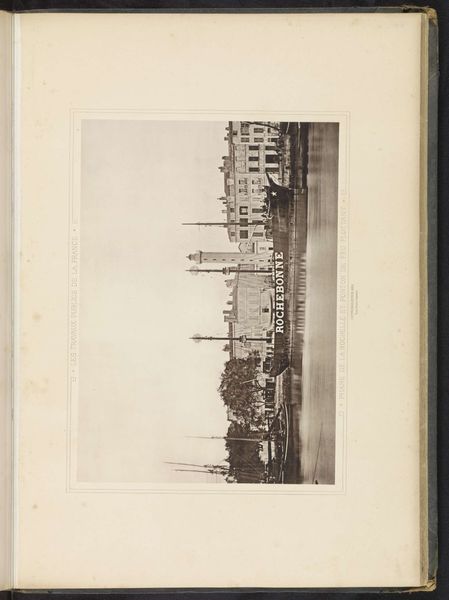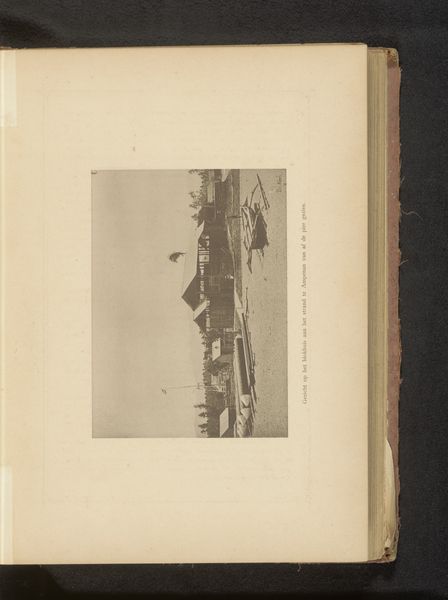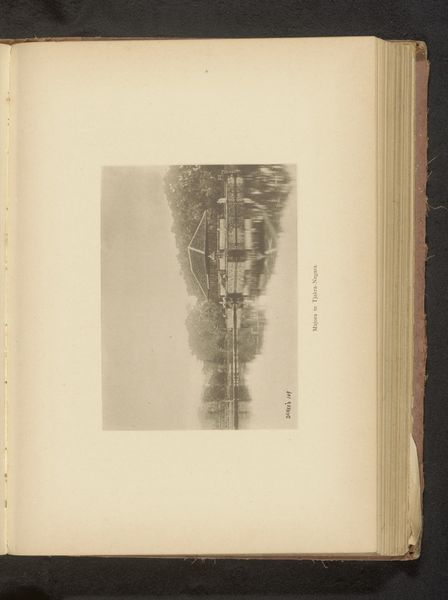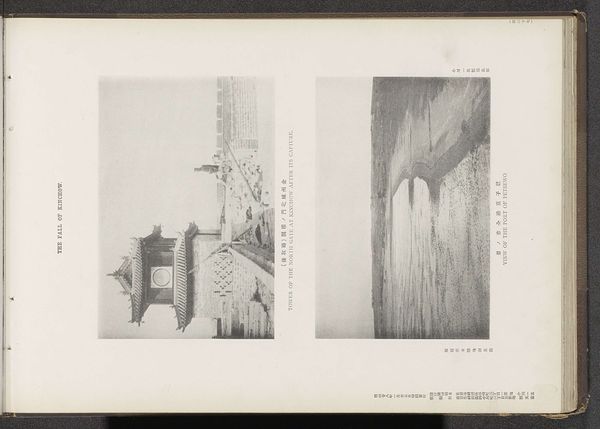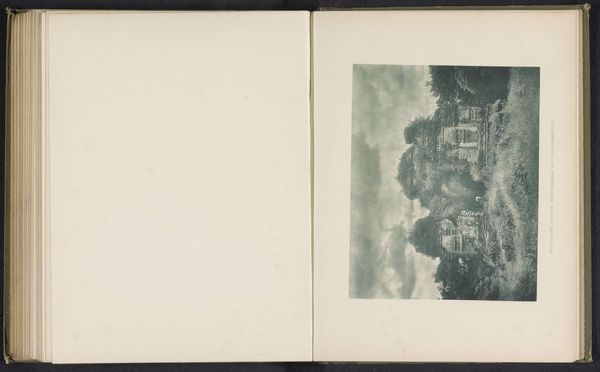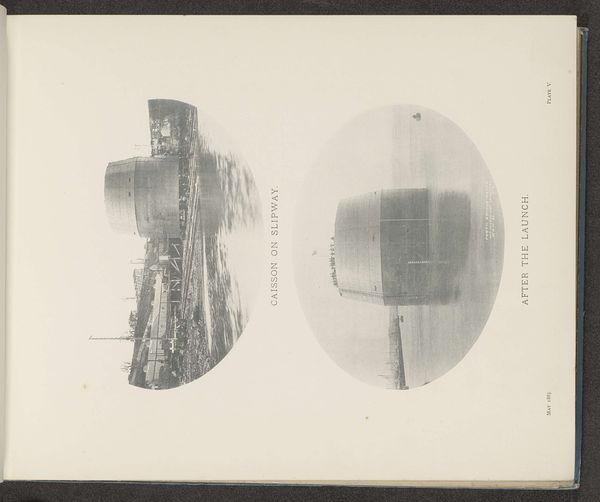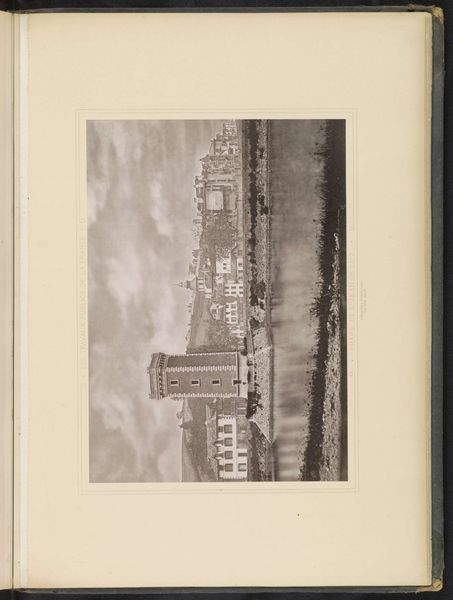
print, photography, site-specific
# print
#
landscape
#
photography
#
site-specific
#
islamic-art
#
watercolor
#
building
Dimensions: height 127 mm, width 172 mm
Copyright: Rijks Museum: Open Domain
Curator: Here we have an exterior view of the İsabey Mosque near Selçuk. The photograph, taken by A. Svoboda before 1869, presents a fascinating architectural study. Editor: It's remarkably desolate, isn’t it? The monochrome rendering heightens a sense of temporal distance. It almost feels like looking at ruins. Curator: Indeed. Observe how Svoboda utilizes light and shadow to define the mosque's structure. The geometric forms of the building contrast with the seemingly rougher terrain around it. Editor: I'm curious about the specific printing process used here. The tones seem slightly faded, which affects how we perceive the materials of the mosque itself. What sort of labour would be needed to keep these old landmarks in working condition? It suggests ongoing cycles of restoration or, sadly, potential neglect. Curator: Precisely. Note the verticality implied by the minaret—a stark element drawing the eye upwards—offsetting the horizontal spread of the mosque itself. The composition directs our gaze toward the heavens while anchoring us in the material reality of the site. We might further unpack that visual metaphor. Editor: Yes, but I also wonder about the socio-political environment. Did Svoboda intentionally capture this scene during a period when Ottoman authority may have been shifting, influencing preservation and cultural value judgements concerning religious sites? The making and display of photographs like these themselves were shaped by those issues. Curator: A compelling thought. It is true the image's starkness lends itself to multiple interpretations regarding its historical context and meaning. The interplay of structural and natural components here suggests that the meaning behind this composition can't be simplified easily, but demands a thorough look into photographic history. Editor: Seeing this now I consider not just aesthetics, but also labour—the labour involved in constructing the mosque and photographing it. The question, “Who benefitted and at whose cost?” feels particularly urgent in encountering works documenting historical landmarks from far flung places and cultures.
Comments
No comments
Be the first to comment and join the conversation on the ultimate creative platform.
